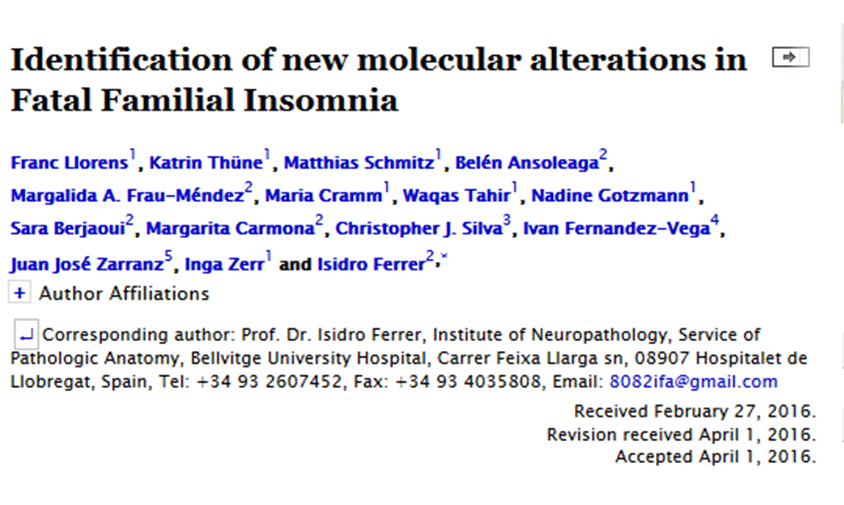Depression symptoms that steadily increase in older adults are more strongly linked to dementia than any other types of depression, and may indicate the early stages of the disease, according to the first ever long-term study to examine the link between dementia and the course of depression, published in The Lancet Psychiatry journal.
Symptoms of depression are common in people with dementia, but previous studies have often looked at single episodes of depression, failing to take into account how depression develops over time. The course of depression varies greatly between individuals — some might experience depressive symptoms only transiently, followed by full remission, others might have remitting and relapsing depression, and some might be chronically depressed. Different courses of depression may reflect different underlying causes, and might be linked to different risks of dementia.
The study included 3325 adults aged 55 and over, who all had symptoms of depression but no symptoms of dementia at the start of the study. The data was gathered from the Rotterdam Study, a population-based cohort study of various diseases in the Netherlands which allowed the authors to track depressive symptoms over 11 years and the risk of dementia for a subsequent 10 years.
Using the Center for Epidemiology Depression Scale (CES-D) and the Hospital Anxiety and Depression Scale-Depression (HADS-D), the authors identified five different trajectories of depressive symptoms — low depression symptoms (2441 participants); initially high symptoms that decreased (369); low starting scores that increased then remitted (170); initially low symptoms that increased (255); and constantly high symptoms (90).
Of the 3325 participants, 434 developed dementia, including 348 cases of Alzheimer’s disease. Among the group with low symptoms of depression, 10% (226/2174) developed dementia. The researchers used this as the benchmark against which to compare other trajectories of depression — the study did not compare the risk of dementia following depression with the risk of dementia for adults in the general population (without depression).
Only the group whose symptoms of depression increased over time was at an increased risk of dementia- 22% of people (55/255) in this group developed dementia. This risk was particularly pronounced after the first 3 years. Individuals with remitting symptoms of depression were not at an increased risk of dementia compared to individuals with low depressive symptoms. The authors say that this suggests that having severe symptoms of depression at one point in time does not necessarily have any lasting influence on the risk of dementia.
The authors say their findings support the hypothesis that increasing symptoms of depression in older age could potentially represent an early stage of dementia. They also say that the findings support previous suggestions that dementia and some forms of depression may be symptoms of a common cause. They say that at the molecular levels, the biological mechanisms of depression and neurodegenerative diseases overlap considerably including the loss of ability to create new neurons, increased cell death and immune system dysregulation.
Source: Materials provided by The Lancet
Paper: “10-year trajectories of depressive symptoms and risk of dementia: a population-based study”

